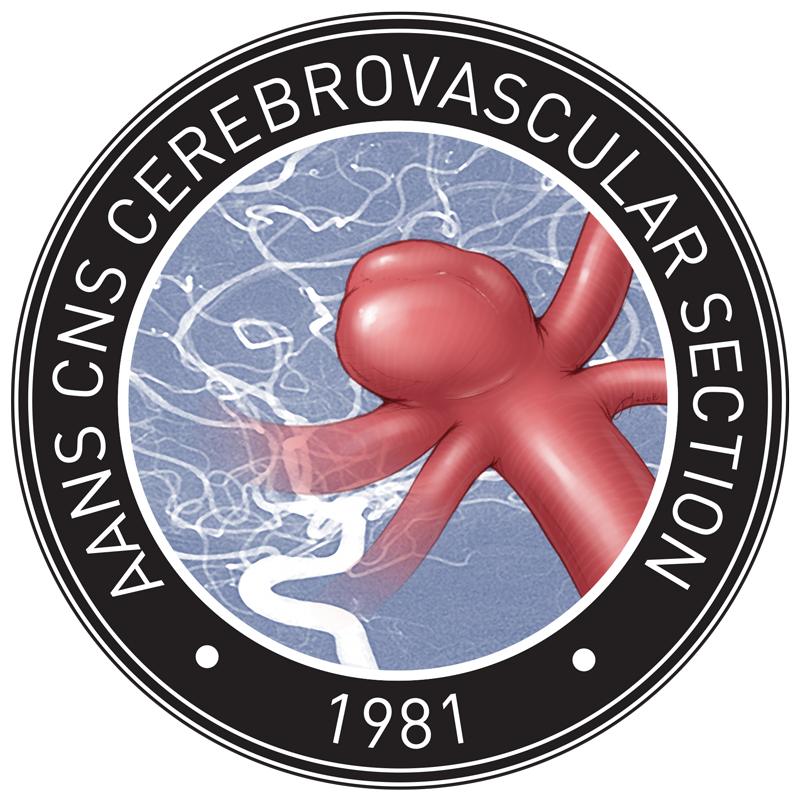Recent national database for hospital-reported outcome study shows decreased mortality for patients undergoing endovascular care for acute ischemic stroke in high-volume centers

The study included 118 institutions and 8533 patients (endovascular treatment for acute ischemic stroke) and was published in the journal Stroke recently. Both mortality and mortality index, the ratio of observed to expected mortality based on the comorbidity and demographic profile, were assessed. Overall, directly admitted patients fared better than those that required a transfer. There was a progressive decrease in mortality from low to medium and high volume centers. Patients transferred to high-volume centers had a lower mortality than those directly admitted to low volume institutions.
The mean endovascular case number per institution was 72 and included patients admitted for the treatment of acute ischemic stroke from October 2012 to June 2016. Per year that equated to a mean number of 19 ranging from 1 to 165. Of all strokes admitted, 4.5% were treated with revascularization ranging from 0.3 to 20.1%.
Over the 45 month study period low volume centers were defined as < 27 cases, medium as 27 to 132, and high volume as > 132 cases. Only 11 centers were classified as high volume.
The study shows that patient that are transferred to a high volume center do better in terms of mortality than being treated in a low volume center even if they are first seen there. There are several observations that also deserve discussion. Only 11 centers were classified as high volume, clearly not many across the US. With the accreditation of additional comprehensive stroke centers that number may go up as long as a sufficient number of cases is transferred. The study included the years before 2015 when endovascular therapy for acute ischemic stroke really started gaining momentum. Also, the number of physicians trained or training in neuroendovascular is increasing dramatically. From 800 just a few years ago to currently around 1200 according to some sources. How will more patients be transferred to high-volume centers if there are more and more hospitals overall staffed by neurointerventionalists performing these procedures?
